Grow Radishes at Home? Absolutely! Imagine plucking crisp, peppery radishes straight from your own backyard, adding a zesty kick to your salads and snacks. Forget those bland, store-bought versions – with a few simple tricks, you can cultivate a vibrant radish patch bursting with flavor, even if you’re a complete beginner.
Radishes have a surprisingly rich history, dating back to ancient Egypt where they were a staple food. They were even used as currency! Today, they’re enjoyed worldwide, but the freshest, most flavorful radishes are undoubtedly the ones you grow radishes at home yourself.
Why bother with DIY radish growing? Well, for starters, it’s incredibly rewarding! There’s nothing quite like the satisfaction of nurturing a plant from seed to harvest. Plus, growing your own radishes is a fantastic way to save money, reduce your carbon footprint, and ensure you’re eating healthy, pesticide-free produce. I’m going to show you some easy DIY tricks and hacks that will have you harvesting a bumper crop of radishes in just a few weeks. Let’s get started!
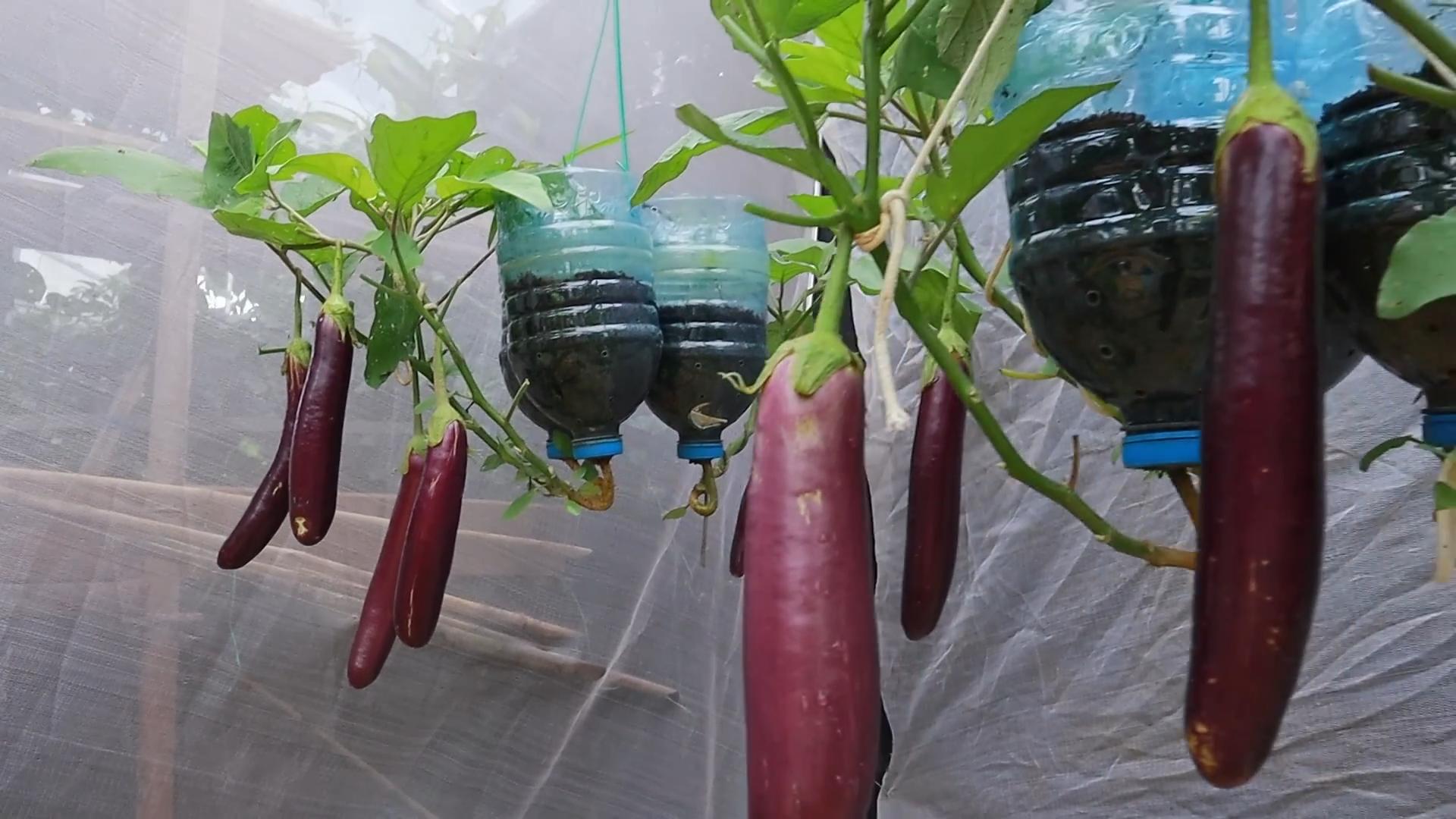
Grow Radishes at Home: A Beginner’s Guide
Hey there, fellow gardening enthusiasts! Ever wanted to add a little zing to your salads or a peppery crunch to your snacks? Radishes are your answer! They’re super easy to grow, even if you’re a complete beginner like I was. Plus, they mature incredibly quickly, so you won’t be waiting months for your harvest. I’m going to walk you through everything you need to know to grow your own delicious radishes right at home.
Choosing Your Radish Variety
First things first, let’s talk about radish varieties. There are tons of options, each with its own unique flavor, size, and color. Here are a few of my favorites:
* Cherry Belle: These are the classic, round, bright red radishes you probably picture when you think of radishes. They’re mild and crisp, perfect for salads.
* French Breakfast: These are elongated, red radishes with a white tip. They have a slightly milder flavor than Cherry Belles and are great with butter and salt (trust me!).
* Icicle: As the name suggests, these are long, white radishes. They have a sharper, more pungent flavor.
* Black Spanish: These are large, round, black radishes with a strong, spicy flavor. They take a bit longer to mature than other varieties.
* Watermelon Radish: These are larger, round radishes with a green exterior and a beautiful pink interior, resembling a watermelon. They have a mild, slightly sweet flavor.
I recommend starting with Cherry Belle or French Breakfast if you’re new to radish growing. They’re reliable and easy to grow.
Preparing Your Planting Area
Radishes are pretty adaptable, but they do best in well-drained soil that’s rich in organic matter. Here’s how I prepare my planting area:
* Sunlight: Radishes need at least 6 hours of sunlight per day. Choose a spot in your garden that gets plenty of sun.
* Soil: Radishes prefer loose, well-drained soil. If your soil is heavy clay, amend it with compost or other organic matter to improve drainage. I usually add a generous amount of compost to my radish beds.
* pH: Radishes prefer a soil pH between 6.0 and 7.0. You can test your soil pH with a soil testing kit. If your soil is too acidic, you can add lime to raise the pH.
* Weed Removal: Clear the area of any weeds. Weeds compete with radishes for nutrients and water. I like to hand-pull weeds to make sure I get the roots.
* Loosening the Soil: Use a garden fork or tiller to loosen the soil to a depth of at least 6 inches. This will make it easier for the radish roots to grow.
* Adding Fertilizer: Radishes don’t need a lot of fertilizer, but a little bit of balanced fertilizer can help them grow. I usually add a slow-release fertilizer to the soil before planting. Follow the instructions on the fertilizer package.
Planting Your Radish Seeds
Now for the fun part – planting! Radishes are best grown directly from seed, as they don’t transplant well.
1. Timing: Radishes are a cool-season crop, so they’re best planted in early spring or late summer/early fall. In my area, I plant my first crop of radishes in March and my second crop in September. Check your local planting calendar for the best planting times in your region.
2. Sowing Seeds: Sow radish seeds about ½ inch deep and 1 inch apart in rows that are 6 inches apart. I use my finger to make a small furrow in the soil, then sprinkle the seeds in the furrow.
3. Covering Seeds: Gently cover the seeds with soil and water thoroughly. I like to use a watering can with a gentle shower head to avoid washing away the seeds.
4. Thinning Seedlings: Once the seedlings emerge (usually in 4-7 days), thin them to 2-3 inches apart. This will give the radishes enough room to grow. I know it’s hard to thin out seedlings, but it’s essential for getting good-sized radishes.
Caring for Your Radishes
Radishes are relatively low-maintenance, but they do need regular watering and weeding.
1. Watering: Keep the soil consistently moist, but not waterlogged. Radishes need about 1 inch of water per week. I check the soil moisture regularly and water when the top inch of soil feels dry.
2. Weeding: Keep the area around your radishes free of weeds. Weeds compete with radishes for nutrients and water. I try to weed my radish beds at least once a week.
3. Fertilizing: If your radishes are growing slowly, you can give them a boost with a liquid fertilizer. I like to use a fish emulsion fertilizer diluted according to the package instructions.
4. Pest Control: Radishes are generally pest-resistant, but they can be susceptible to flea beetles and root maggots. Flea beetles are small, jumping insects that chew holes in the leaves. Root maggots are small, white larvae that feed on the roots. I use row covers to protect my radishes from flea beetles. If you have a root maggot problem, you can try using diatomaceous earth or beneficial nematodes.
Harvesting Your Radishes
This is the most rewarding part! Radishes are ready to harvest in as little as 3-4 weeks, depending on the variety.
1. Harvest Time: Radishes are ready to harvest when they reach the size specified on the seed packet. I usually harvest my Cherry Belles when they are about 1 inch in diameter.
2. Harvesting Technique: Gently pull the radishes from the soil. If the soil is dry, you may need to loosen it with a garden fork first. I like to grab the radish by the base of the leaves and gently pull upwards.
3. Cleaning: Wash the radishes thoroughly to remove any dirt. I use a vegetable brush to scrub them clean.
4. Storage: Store radishes in the refrigerator in a plastic bag or container. They will keep for about a week. I usually cut off the leaves before storing them, as the leaves can draw moisture from the radishes.
Troubleshooting Common Problems
Even with the best care, you might encounter a few problems when growing radishes. Here are some common issues and how to fix them:
* Radishes are too small: This is usually caused by overcrowding or lack of water. Thin your seedlings to 2-3 inches apart and make sure to water them regularly.
* Radishes are cracked: This is usually caused by inconsistent watering. Try to keep the soil consistently moist.
* Radishes are too spicy: This can be caused by hot weather or letting the radishes grow too large. Harvest your radishes when they are the size specified on the seed packet.
* Radishes are woody: This is usually caused by letting the radishes grow too large. Harvest your radishes when they are the size specified on the seed packet.
* Flea beetles are eating the leaves: Use row covers to protect your radishes from flea beetles. You can also try spraying the leaves with insecticidal soap.
* Root maggots are attacking the roots: Use diatomaceous earth or beneficial nematodes to control root maggots. You can also try rotating your crops to avoid planting radishes in the same spot year after year.
Enjoying Your Radishes
Now that you’ve harvested your radishes, it’s time to enjoy them! Here are a few of my favorite ways to eat radishes:
* In salads: Radishes add a peppery crunch to salads. I love to slice them thinly and add them to mixed green salads.
* With butter and salt: This is a classic way to enjoy radishes. Simply slice them thinly and spread them with butter and sprinkle with salt.
* In tacos: Radishes add a refreshing crunch to tacos. I like to dice them and add them to fish tacos or vegetarian tacos.
* Pickled: Pickled radishes are a delicious and tangy treat. I like to pickle them with vinegar, sugar, and spices.
* Roasted: Roasted radishes are surprisingly sweet and tender. I like to roast them with olive oil, salt, and pepper.
* Radish Greens: Don’t throw away the radish greens! They are edible and nutritious. You can add them to salads, stir-fries, or soups.
Growing radishes is a rewarding experience, and I hope this guide has helped you get started. With a little bit of care, you can enjoy fresh, delicious radishes from your own garden in just a few weeks. Happy gardening!
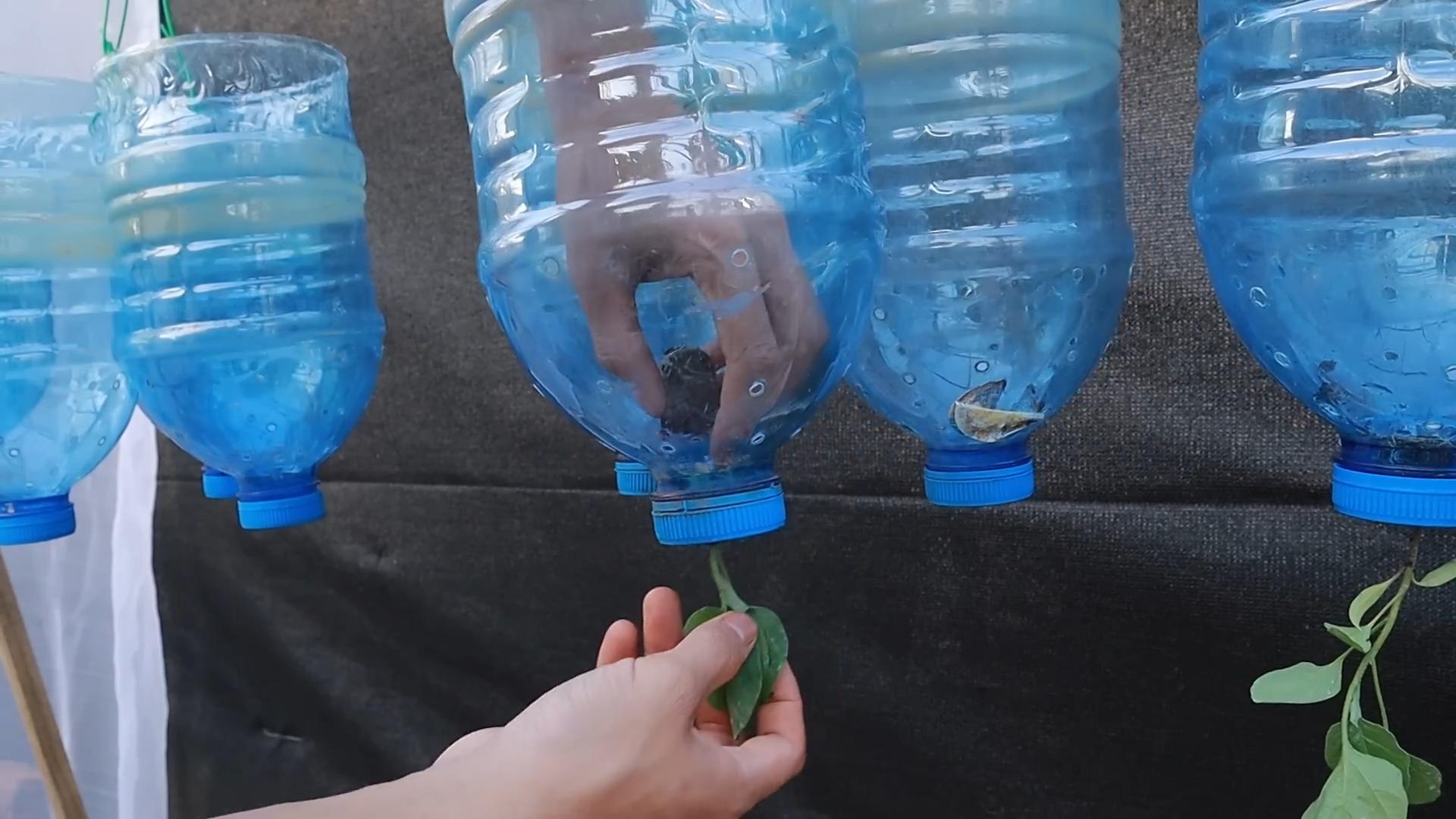
Conclusion
So, there you have it! Growing radishes at home is not only incredibly easy, but it’s also a remarkably rewarding experience. Forget those bland, store-bought radishes that lack that peppery punch. With just a few simple steps and minimal effort, you can cultivate a vibrant crop of crisp, flavorful radishes right in your own backyard, balcony, or even on a sunny windowsill.
Why is this DIY trick a must-try? Because it puts you in control. You get to choose the variety of radish you want to grow, ensuring you have the perfect flavor profile for your salads, snacks, and culinary creations. You also know exactly what goes into your radishes – no mystery chemicals or pesticides, just good old-fashioned sunshine, water, and soil. Plus, the satisfaction of harvesting your own food is simply unmatched. There’s something truly special about nurturing a tiny seed into a delicious, edible root.
But the benefits don’t stop there. Growing your own radishes is also a fantastic way to connect with nature, reduce your carbon footprint, and save money on groceries. It’s a win-win-win situation!
Ready to take your radish game to the next level? Consider these variations:
* Succession Planting: Plant a new batch of radish seeds every couple of weeks to ensure a continuous harvest throughout the growing season. This is especially useful if you enjoy radishes regularly.
* Companion Planting: Radishes are excellent companion plants for carrots, lettuce, and cucumbers. They help deter pests and improve soil health. Try planting them together in your garden for a mutually beneficial relationship.
* Container Gardening: If you’re short on space, don’t worry! Radishes thrive in containers. Choose a pot that’s at least 6 inches deep and wide, and fill it with well-draining potting mix.
* Spicy Radish Varieties: Experiment with different radish varieties to find your favorite flavor. Some popular choices include French Breakfast, Cherry Belle, and Daikon. For a spicier kick, try growing Black Spanish radishes.
* Radish Greens: Don’t throw away the radish greens! They’re packed with nutrients and can be used in salads, soups, and stir-fries. Just be sure to wash them thoroughly before using.
We are confident that you will enjoy the process of growing radishes at home. It’s a simple, satisfying, and delicious way to connect with nature and enjoy fresh, homegrown produce. So, grab some seeds, get your hands dirty, and experience the joy of harvesting your own radishes.
We encourage you to try this DIY trick and share your experience with us! Let us know what varieties you grew, what challenges you faced, and what delicious dishes you created with your homegrown radishes. Share your photos and stories in the comments below – we can’t wait to hear from you! Happy gardening!
Frequently Asked Questions (FAQ)
How long does it take for radishes to grow?
Radishes are known for their rapid growth. Most varieties mature in just 21 to 30 days from planting. Some faster-growing varieties can be ready in as little as three weeks. The exact time will depend on the specific variety, soil conditions, and weather. Keep an eye on your radishes and harvest them when they reach the desired size. Overripe radishes can become woody and bitter.
What kind of soil is best for growing radishes?
Radishes prefer loose, well-drained soil that is rich in organic matter. Amend your soil with compost or well-rotted manure before planting to improve drainage and fertility. Avoid heavy clay soils, as they can restrict root growth and lead to misshapen radishes. A slightly acidic to neutral soil pH (around 6.0 to 7.0) is ideal.
How much sunlight do radishes need?
Radishes need at least 6 hours of sunlight per day to thrive. However, they can tolerate partial shade, especially in hot climates. If you’re growing radishes indoors, place them near a sunny window or use grow lights to provide adequate light. Insufficient sunlight can result in leggy plants and small, underdeveloped radishes.
How often should I water my radishes?
Radishes need consistent moisture to grow quickly and develop crisp, flavorful roots. Water deeply and regularly, especially during dry periods. Aim to keep the soil consistently moist but not waterlogged. Overwatering can lead to root rot, while underwatering can cause the radishes to become tough and bitter. Check the soil moisture regularly and adjust your watering schedule accordingly.
What are some common pests and diseases that affect radishes?
Radishes are generally pest-resistant, but they can be susceptible to certain pests and diseases, including flea beetles, root maggots, and fungal diseases. Flea beetles can damage the leaves, while root maggots can tunnel into the roots. To prevent these problems, use row covers to protect your plants from pests, and practice good crop rotation to prevent soilborne diseases. If you notice any signs of pests or diseases, treat them promptly with organic pest control methods.
Can I grow radishes in containers?
Yes, radishes are well-suited for container gardening. Choose a pot that is at least 6 inches deep and wide, and fill it with well-draining potting mix. Make sure the container has drainage holes to prevent waterlogging. Place the container in a sunny location and water regularly. Container-grown radishes may need more frequent watering than those grown in the ground.
Why are my radishes cracking?
Cracking in radishes is often caused by inconsistent watering. When the soil dries out and then is suddenly saturated, the radishes can grow too quickly, causing the skin to crack. To prevent this, water your radishes regularly and consistently, especially during dry periods. Mulching around the plants can also help retain moisture in the soil.
Why are my radishes all tops and no roots?
If your radishes are producing lots of leaves but small or no roots, it could be due to several factors, including:
* Overcrowding: Thin your radish seedlings to ensure they have enough space to grow.
* Insufficient Sunlight: Radishes need at least 6 hours of sunlight per day to develop properly.
* Poor Soil: Amend your soil with compost or well-rotted manure to improve drainage and fertility.
* Excess Nitrogen: Too much nitrogen in the soil can promote leafy growth at the expense of root development. Avoid using high-nitrogen fertilizers.
Can I eat radish leaves?
Yes, radish leaves are edible and nutritious. They have a peppery flavor similar to the roots. You can use them in salads, soups, stir-fries, and other dishes. Be sure to wash them thoroughly before using. Younger leaves are generally more tender and flavorful than older leaves.
How do I store radishes after harvesting?
To store radishes, remove the leaves and wash the roots thoroughly. Place the radishes in a plastic bag or container with a damp paper towel and store them in the refrigerator. They should last for several weeks. You can also store radish greens separately in a plastic bag in the refrigerator. They will stay fresh for a few days.

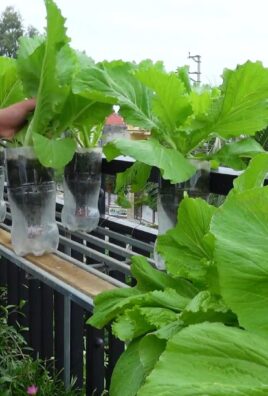
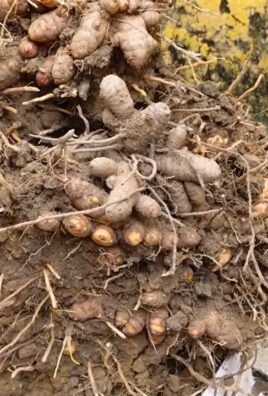
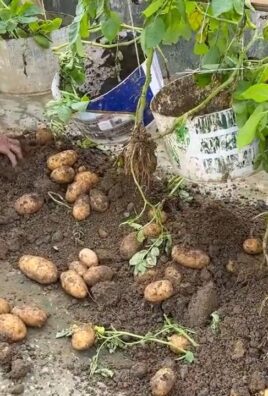
Leave a Comment